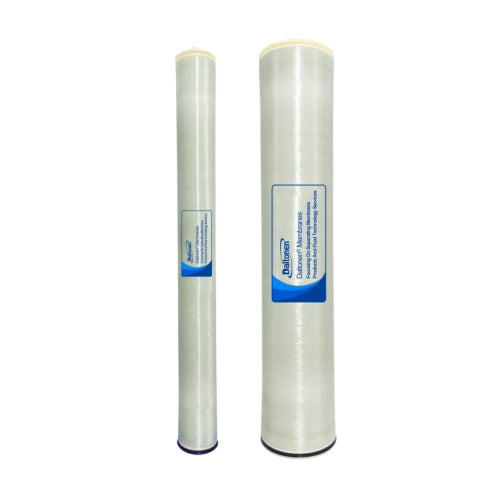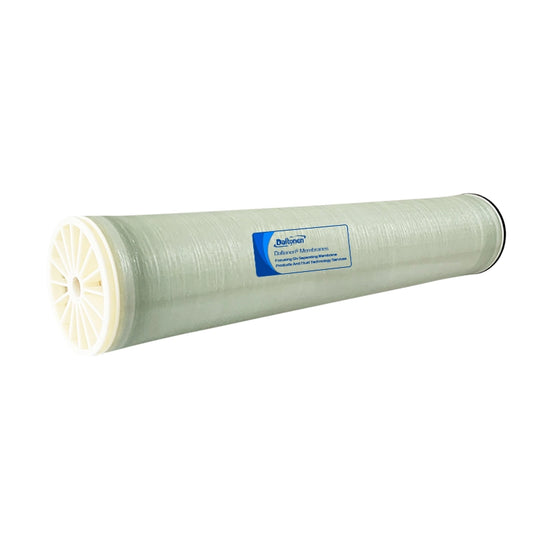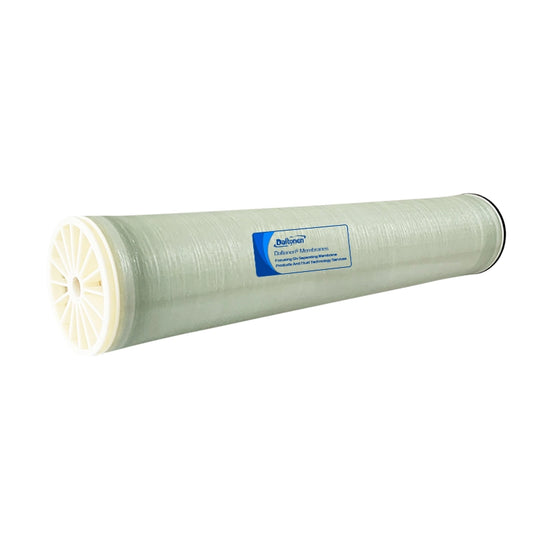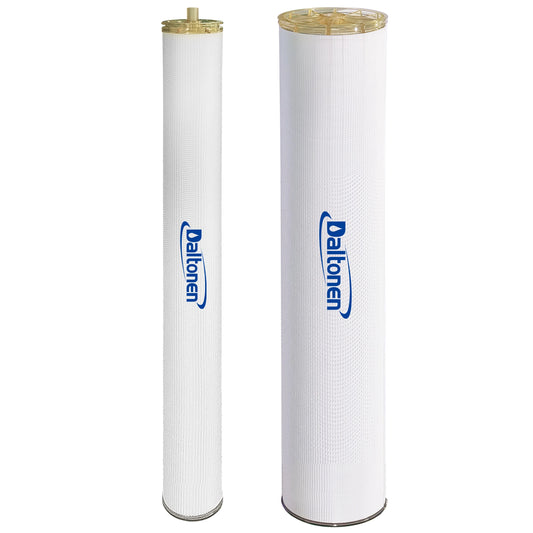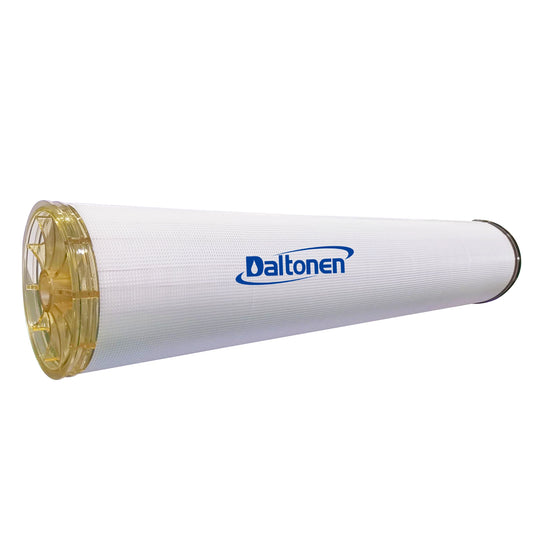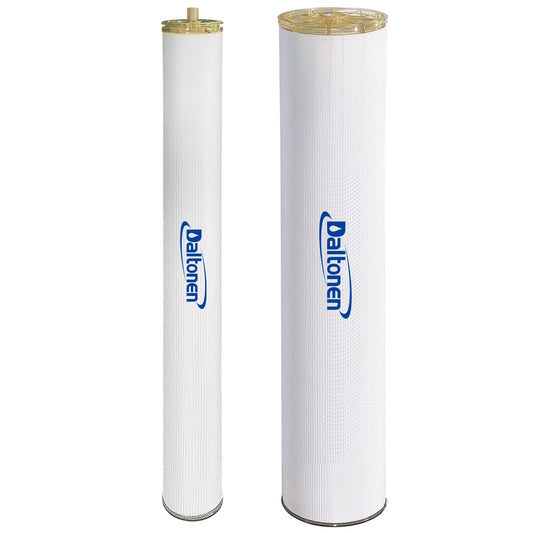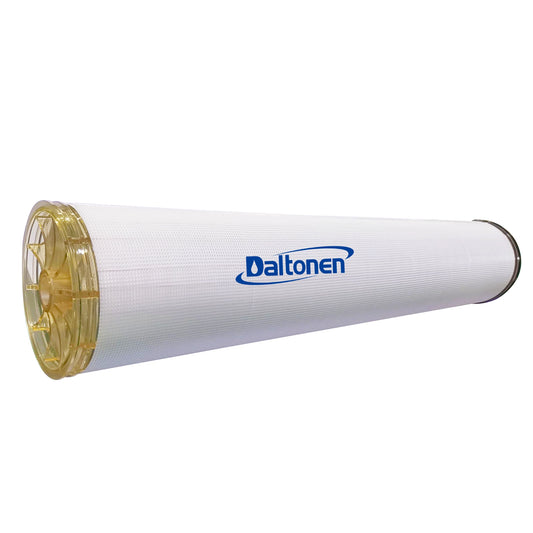Intercepting 80 Dalton Molecules with Nanofiltration Membranes: Mechanisms and Selection Strategies
Intercepting 80 Dalton Molecules with Nanofiltration Membranes: Mechanisms and Selection Strategies
Intercepting solutes as small as 80 Daltons (Da) represents a significant challenge in nanofiltration (NF) technology, pushing against its conventional performance boundaries. Standard NF membranes are typically designed for separating molecules in the 200-1000 Da range, making the effective removal of 80 Da species, which approach the sieving limit, non-trivial. Success hinges on moving beyond mere size-exclusion (sieving) and leveraging additional separation mechanisms, primarily the Donnan effect (electrostatic repulsion) and specific solute-membrane interactions.
When the target 80 Da molecule carries a charge under specific aqueous conditions, strong electrostatic repulsion from a similarly charged membrane surface can become the dominant retention mechanism, even if the molecule is nominally smaller than the membrane's pores. Therefore, the core strategy involves the precise selection of tight NF or loose Reverse Osmosis (RO) membranes with a very low Molecular Weight Cut-Off (MWCO), coupled with strategic process optimization, such as pH adjustment, to exploit charge effects. This approach effectively elevates the separation principle from simple "physical sieving" to more effective "charge-based capture," providing a viable technical pathway for the precise separation and concentration of such ultra-low molecular weight substances.

Core Logic for Membrane Selection and Process Optimization
The following chart outlines the critical decision-making pathway for selecting the right membrane and operating conditions to tackle this challenge effectively. The process begins with a fundamental assessment of the solute's properties, which directly guides the selection of membrane type and operational strategy.
flowchart TD
A[Assessment of 80 Da Solute] --> B{Analyze Solute Charge}
B -- "Charged Molecule<br>e.g., Ionic species" --> C[Strategy: Exploit Donnan Effect]
B -- "Neutral Molecule<br>e.g., IPA, Urea" --> D[Strategy: Maximize Sieving & Affinity]
C --> E[Membrane Choice: Tight NF/<br>Loose RO Membrane]
E --> F[Key Tactic: Optimize pH for<br>Strong Solute & Membrane Charge]
D --> G[Membrane Choice: Very Dense<br>Loose RO Membrane]
G --> H[Key Tactic: System Optimization<br>Pressure, Concentration]
F & H --> I[Required: Bench-Scale<br>Validation Testing]1. Membrane Selection: Tight NF and Loose RO Membranes
As the decision pathway illustrates, the first step involves choosing a membrane with a sufficiently tight structure. The goal is to find membranes rated at the lower end of the NF spectrum or those classified as loose RO membranes.
-
Target MWCO: Look for membranes with a stated MWCO in the range of 100-200 Da.
-
Performance Indicator: A more reliable indicator than MWCO is the membrane's salt rejection. Membranes showing a NaCl (58 Da) rejection between ~50% and 98% are strong candidates, as their effective pore size is small enough to exert significant sieving resistance on an 80 Da molecule.
-
Example Products: Membranes like DuPont's XLE or Toray's UTC-70ULP (loose RO types) are more suitable than standard NF products like NF270 for this application.
2. Process Optimization: Leveraging the Donnan Effect
For charged molecules, the path leads to leveraging electrostatic interactions. The charge density of both the solute and the membrane surface are highly dependent on pH. Adjusting the pH to ensure both the membrane surface and the target molecule carry a strong like charge (e.g., both negative) will maximize electrostatic repulsion, dramatically improving retention. For neutral molecules, the strategy relies more on optimizing system conditions like operating pressure to influence sieving and affinity effects.
3. The Imperative of Empirical Validation
Finally, as highlighted in the chart, laboratory or pilot-scale testing is absolutely essential. Real-world feed streams contain other constituents that can affect performance. Bench-scale testing is the only reliable method to confirm the selection of the appropriate membrane type and the optimal operating conditions for a specific application. This structured approach ensures a scientifically sound strategy for tackling the difficult challenge of removing 80 Da molecules.
